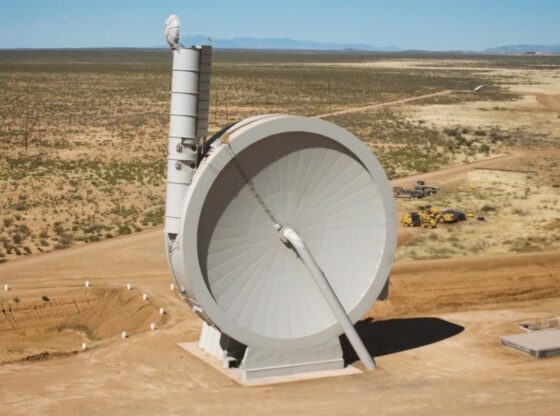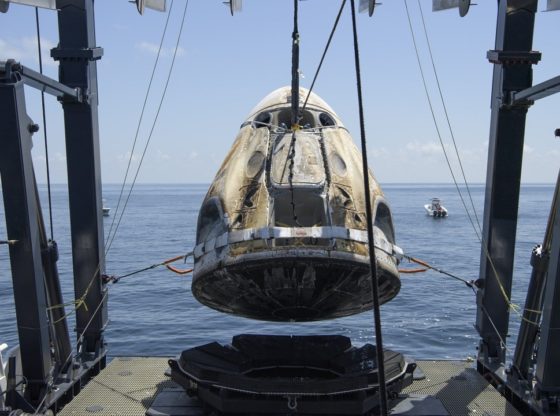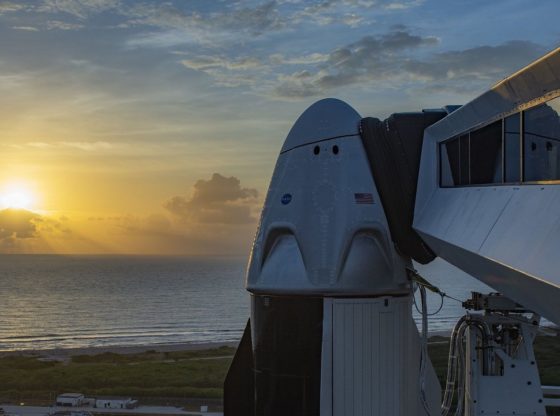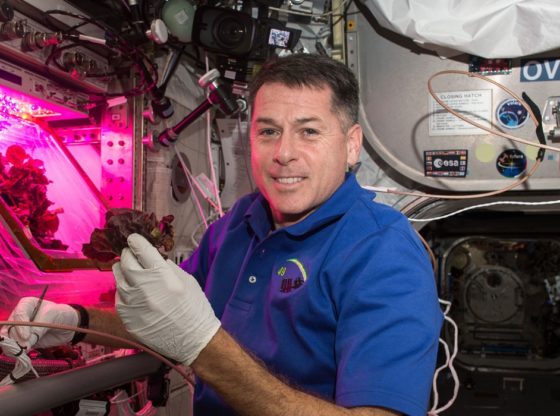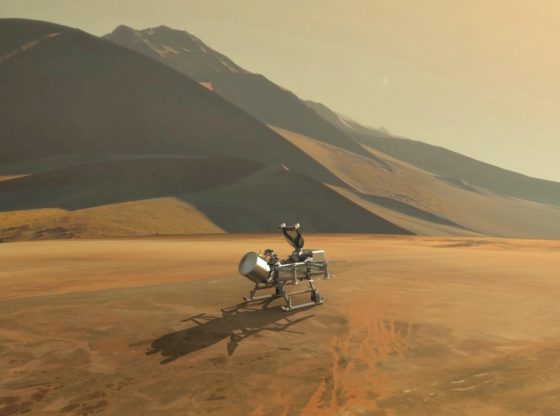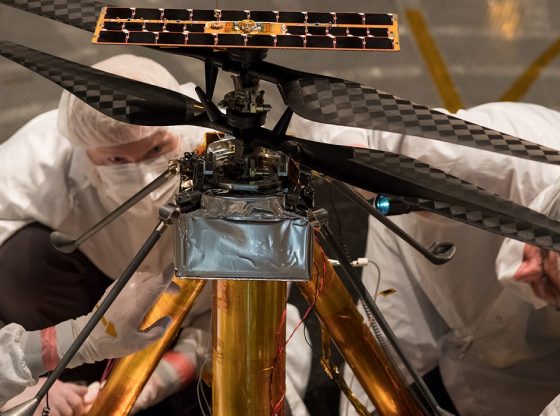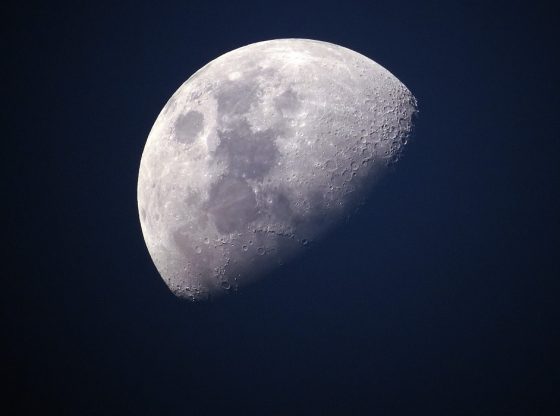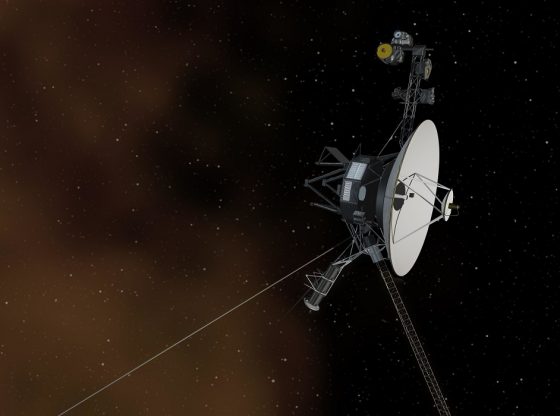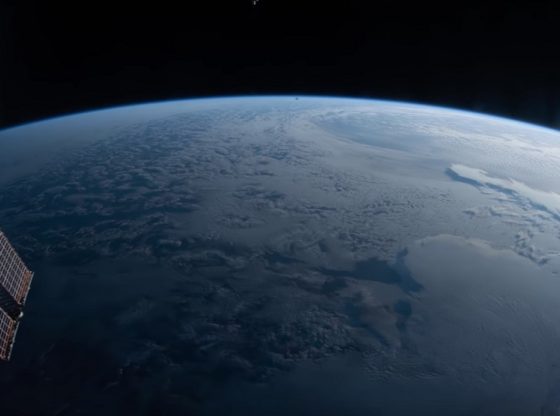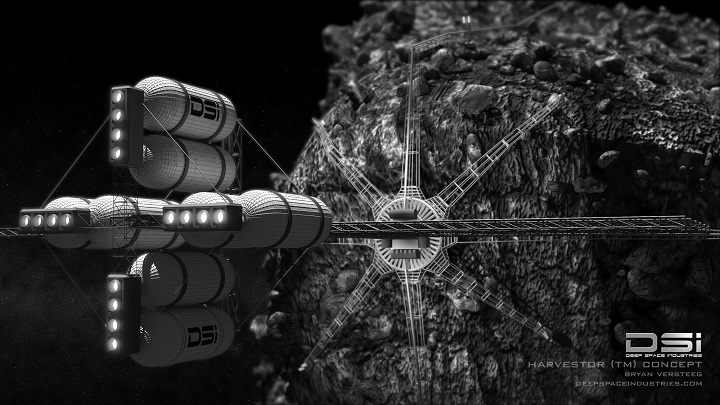
Last year, the company Planetary Resources announced their plan to mine Near-Earth Objects (NEO), after having prospected using several small probes in 2014, they will send the first mining robots to NEOs in 2022.
Then a project backed by Google’s Larry Page and Eric Schmidt and the former Microsoft chief engineer and two-time space tourist Charles Simonyi announced similar plans. With the famous blockbuster movie director, James Cameron also involved.
Deep Space Industries
But this week another player in this space mining race was announced. The company Deep Space Industries announced plans to in the near future begin to prospect NEOs for later mining.
The plan is to launch a small spacecraft named Firefly in 2015. This spacecraft will be sent to explore NEOs for a 6-month mission. After Firefly, the next phase will be sending a probe named Dragonfly to start sampling interesting NEOs.
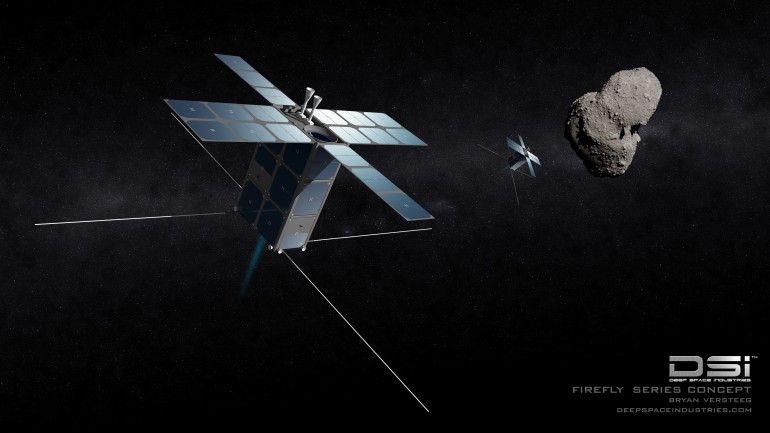
Near Earth Objects is Our Salvation?
Around 1,000 near-Earth, asteroids are discovered each year and the majority of these is believed to contain water and natural gasses such as methane that could be transformed into fuel.
Based on known reserves of minerals, precious metals and important elements here on Earth and a growing consumption in developing countries, many key elements needed for modern industry including antimony, zinc, tin, silver, lead, indium, gold, and copper, could be exhausted within 50 to 60 years.
So the economic incentives to mine beyond Earth will most certainly increase with time. And with simultaneous innovation and development, the costs of mining in space will simultaneously decline with time.
The ultimate goal of Deep Space Industries is to send a fleet of robots to mine asteroids and ship back their content to Earth.
Below a presentation and a press conference from earlier this week.
https://youtu.be/pIY_fmvFDhM

